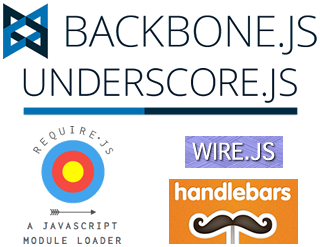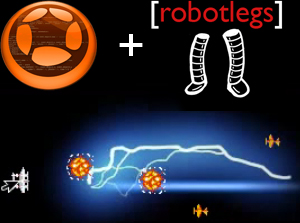Introduction
The JavaScript web development community has a significant amount of application development frameworks, specifically around creating scalable applications using MVC/MVP/MVVM/MVPM/MVPV/MVSC, etc. Flash & Flex have the same, although not as many, nor as many library dependencies.
Backbone in particular has some longevity amongst the many frameworks available and has been used in some high profile applications (notably Pivotal Tracker). Since I’ve recently been fixing a web application project with a varied history, I’m diving head first into Backbone, and taking a break from diving into Angular.
In this article, I’ll go over what Backbone is, how its features compare to frameworks Flash & Flex Developers are used to, and some implementation details that will help you compare how JavaScript MVC apps compare to Flash and Flex ones.

 Why Robotlegs for Games?
Why Robotlegs for Games?